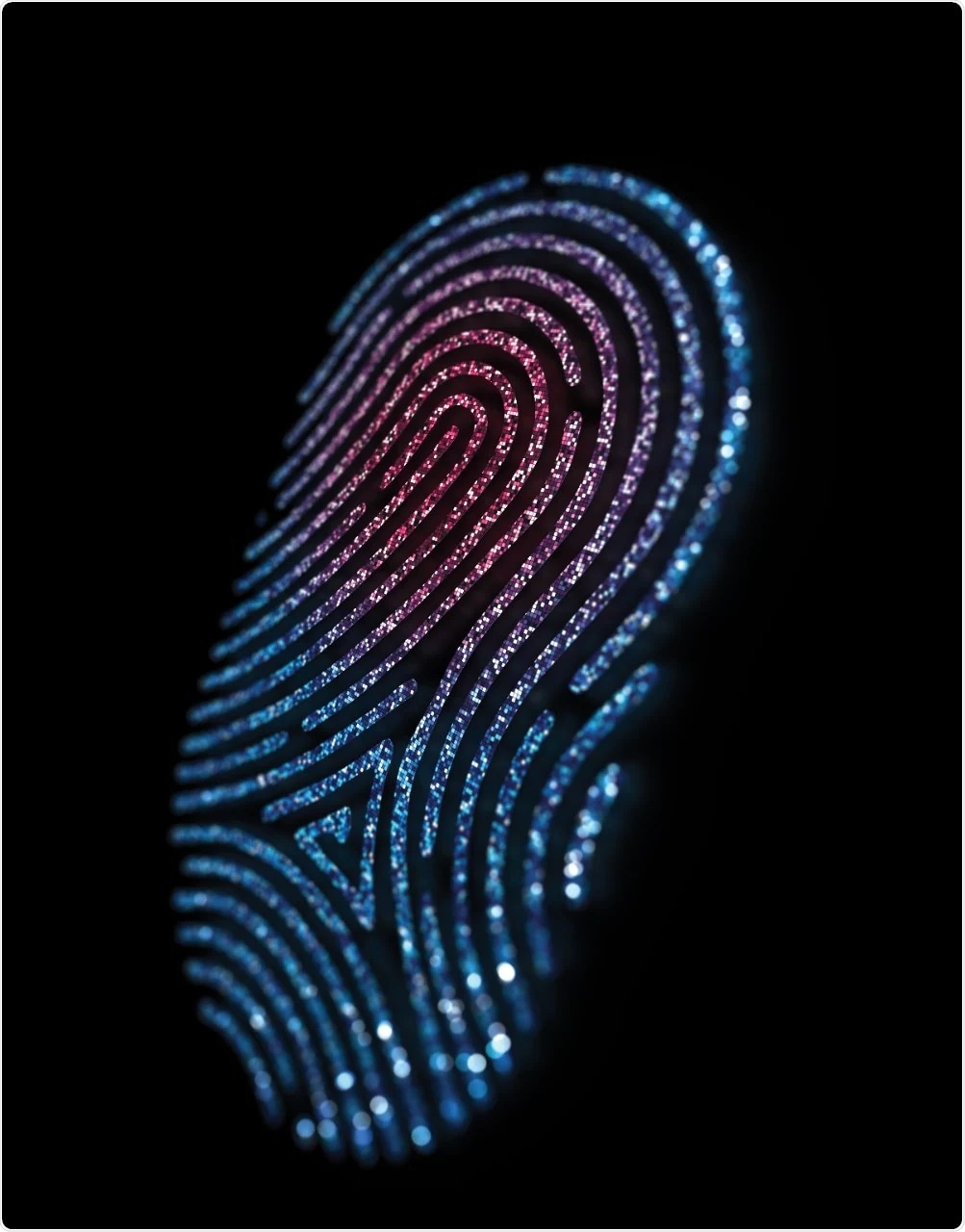A group of international scientists recently generated a new approach to identify the proteins in human cells that are crucial for increasing sugar absorption after exercise—a significant advantage of exercise that helps retain better blood sugar levels.

Illustration of a fingerprint produced using the phosphoproteome of one of the study participants. Each square represents a phosphosite, and the color represents how different that phosphosite is to the other subjects. Image Credit: Elise Needham.
The current research is the result of global collaboration by researchers at the University of Sydney and the University of Copenhagen. The observations were published in the December issue of Nature Biotechnology, an international research journal.
By evaluating proteins directly in human muscles utilizing a technology known as mass spectrometry, the scientists found that every individual has their own unique ‘fingerprint’ of protein activities.
The mechanism created by the researchers pinpoints alterations to proteins that change across the participants exactly how sugar absorption does.
Employing the technique, the researchers revealed a process by which exercise increases sugar uptake into muscles after insulin stimulation, offering novel insights into this complex mechanism.
We all know that exercise is good for us, but it also helps to prevent specific diseases. For example, it improves the ability of our muscles to absorb sugar from the blood following a meal.”
David James, Study Senior Co-Author, ARC Laureate and Leonard P. Ullmann Chair, Metabolic Systems Biology, Charles Perkins Centre
David James is also a professor at the University’s Faculty of Medicine and Health and Faculty of Science.
Professor David James added, “When this process fails, it is called ‘prediabetes’—a risk factor for many diseases including heart disease, type 2 diabetes, and some types of cancers. Researchers don’t know what causes prediabetes, but if they did, they could design drugs to treat this condition before it triggers disease.”
Opening protein “doors”
Sugar absorption by the muscle is performed by a collection of molecular machines named proteins.
The mechanism starts with the attachment of the small protein insulin to other proteins—receptors—present on the fat and muscle cells' surface. This induces a cascade of numerous protein signals within the cell—the process is known as “phosphorylation”. Eventually, these phosphorylation signals unlock protein “doors”, transporting sugar into the cells.
At present, it is known that in prediabetes, the majority of these signals are defective. However, it is still not clear which signals are the vital ones to fix.
Elise Needham, PhD candidate at the University of Sydney and lead author of the study, stated that the major challenge was in the complexity of phosphorylation.
Exercise involves thousands of changes to phosphorylation signals, and we do not know which are the most important for regulating the beneficial effects of exercise. To tackle this challenge, we developed a method called ‘personalized phosphoproteomics’.”
Elise Needham, Study Lead Author and PhD Candidate, University of Sydney
With this approach, the researchers unraveled a novel process by which human muscle cells orchestrate the response to exercise and insulin.
Differences between individuals means that there is considerable biological variation in a phosphorylation – like a molecular ‘fingerprint’. This reduces the likelihood of identifying the most important responses. Instead of viewing this as an obstacle, we used it to our advantage.”
Dr. Sean Humphrey, Study Senior Co-Author, Charles Perkins Centre
The scientist also presumes that this technology could help pinpoint other significant molecular switches. For instance, in the future, personalized phosphoproteomics could facilitate the comparison of diseased cells with healthy cells, helping to reveal the reasons for complex diseases.
Source:
Journal reference:
Needham, E. J., et al. (2021) Personalized phosphoproteomics identifies functional signaling. Nature Biotechnology. doi.org/10.1038/s41587-021-01099-9.